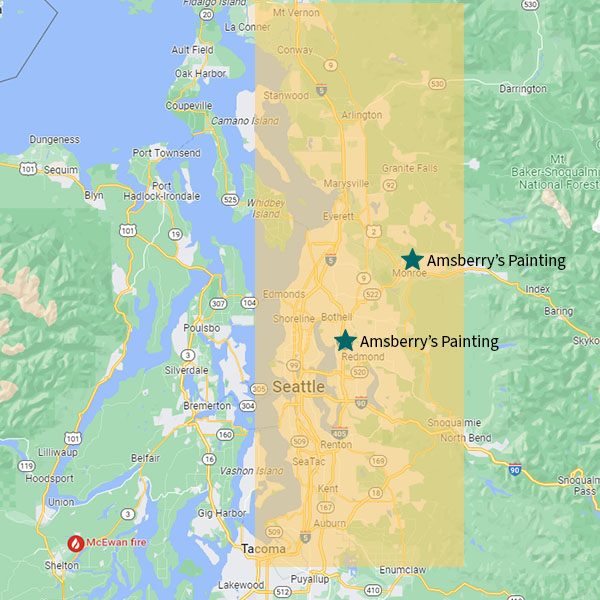King County, located in the U.S. state of Washington, is the most populous county in the state and ranks as the 12th-most populous in the United States, with a population of 2,269,675 as of the 2020 census. The county seat, Seattle, is Washington’s largest city and a prominent economic and cultural hub. Originally named in 1852 after William R. King, a U.S. vice president-elect, the county was rededicated in 1986 to honor Martin Luther King Jr., a key figure in the civil rights movement, with the change officially recognized by the state government in 2005.
King County is part of the Seattle–Tacoma–Bellevue metropolitan area, alongside Snohomish County to the north and Pierce County to the south. While Seattle itself is a bustling urban center, about two-thirds of King County’s residents live in its suburbs. These areas, initially bedroom communities for Seattle, evolved into independent job centers, particularly with the rise of the technology industry in the late 20th and early 21st centuries. This development has made King County a significant economic driver in the Pacific Northwest.
Historically, King County was home to various Coast Salish groups, including the Duwamish, Snoqualmie, and Muckleshoot tribes, who lived along its rivers and waterways. The arrival of European settlers, such as the Denny Party in the mid-19th century, marked the beginning of significant changes to the region. Native Americans played a crucial role in supporting early settlers by providing labor and resources. The Oregon Territory legislature officially created King County in 1852, with Seattle becoming the county seat in 1853.
The county’s early economy was rooted in natural resource extraction, particularly coal mining. Coal was discovered in 1853, and by the 1870s, several mining operations near Renton and Newcastle were supplying coal to Seattle via the Seattle and Walla Walla Railroad. By 1880, King County accounted for 22% of coal production on the West Coast, making it a critical source of energy for the growing region. This industrial foundation laid the groundwork for the county’s later economic expansion.
In its early years, King County experienced territorial adjustments, including the loss of what is now Kitsap County after a local independence movement, preserving Seattle’s entertainment industry. Over time, the county transitioned from a resource-driven economy to one that embraced technological innovation and urban development. Today, King County is a vibrant blend of urban, suburban, and natural environments, reflecting its rich history and ongoing growth.


